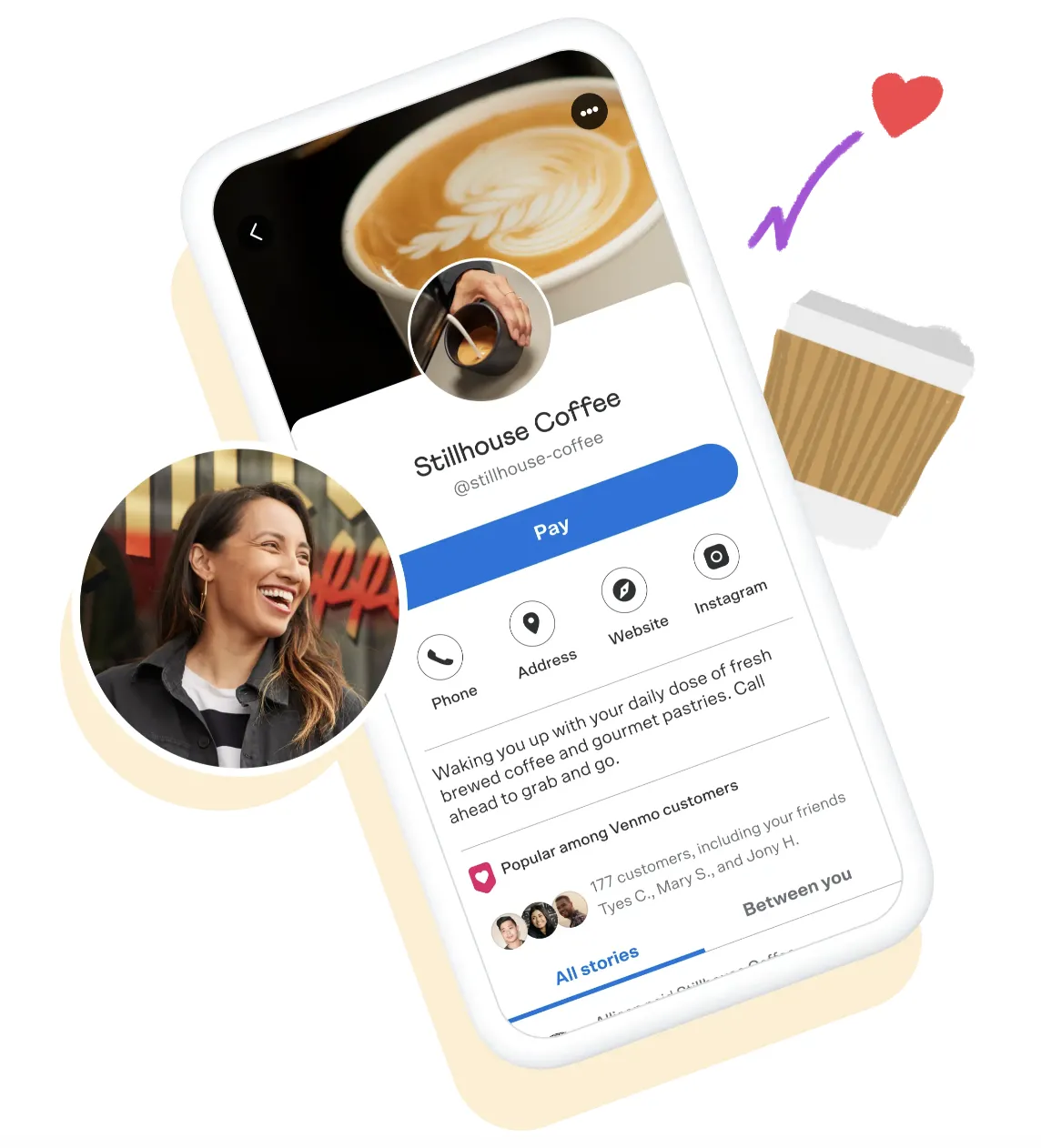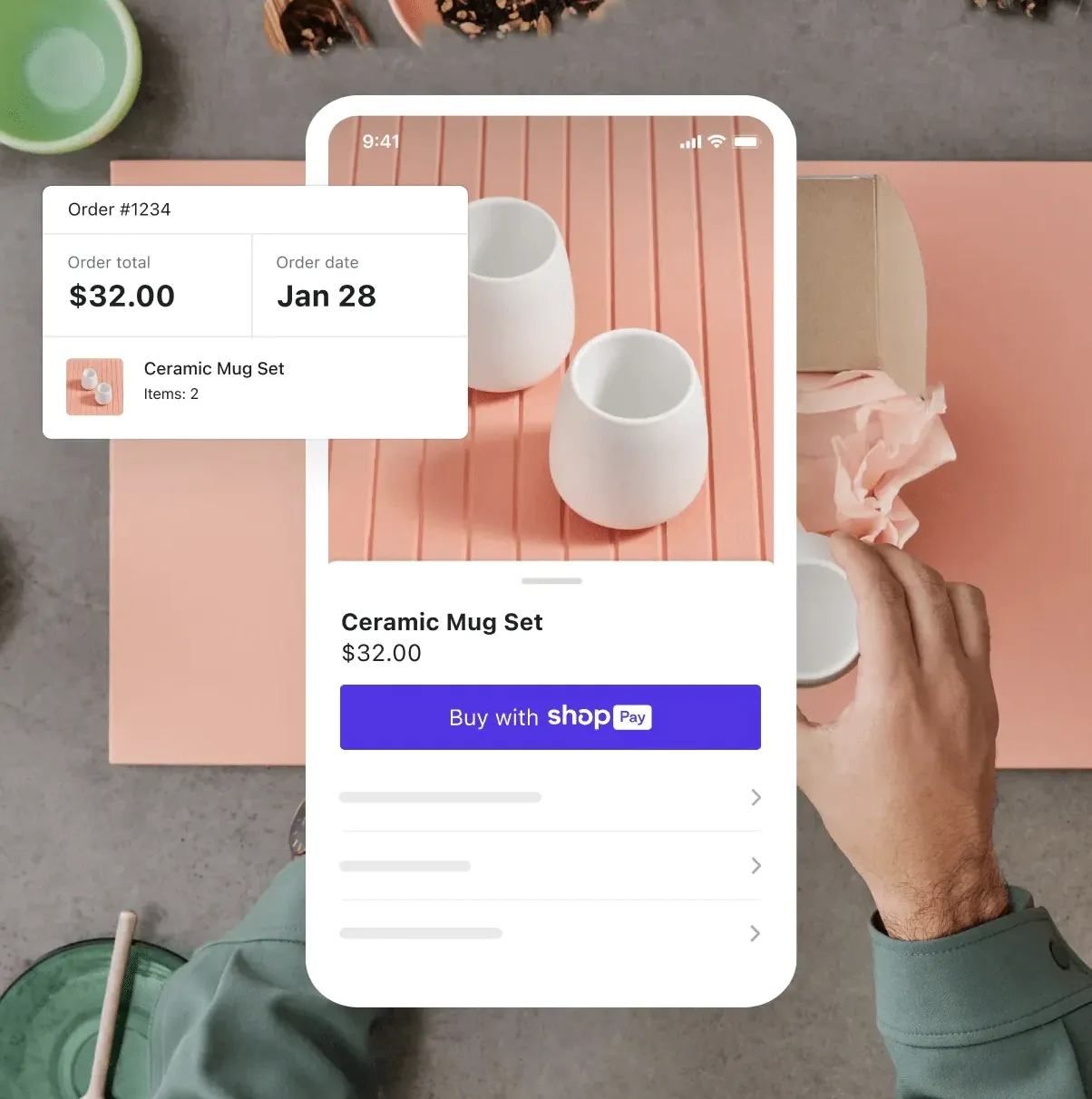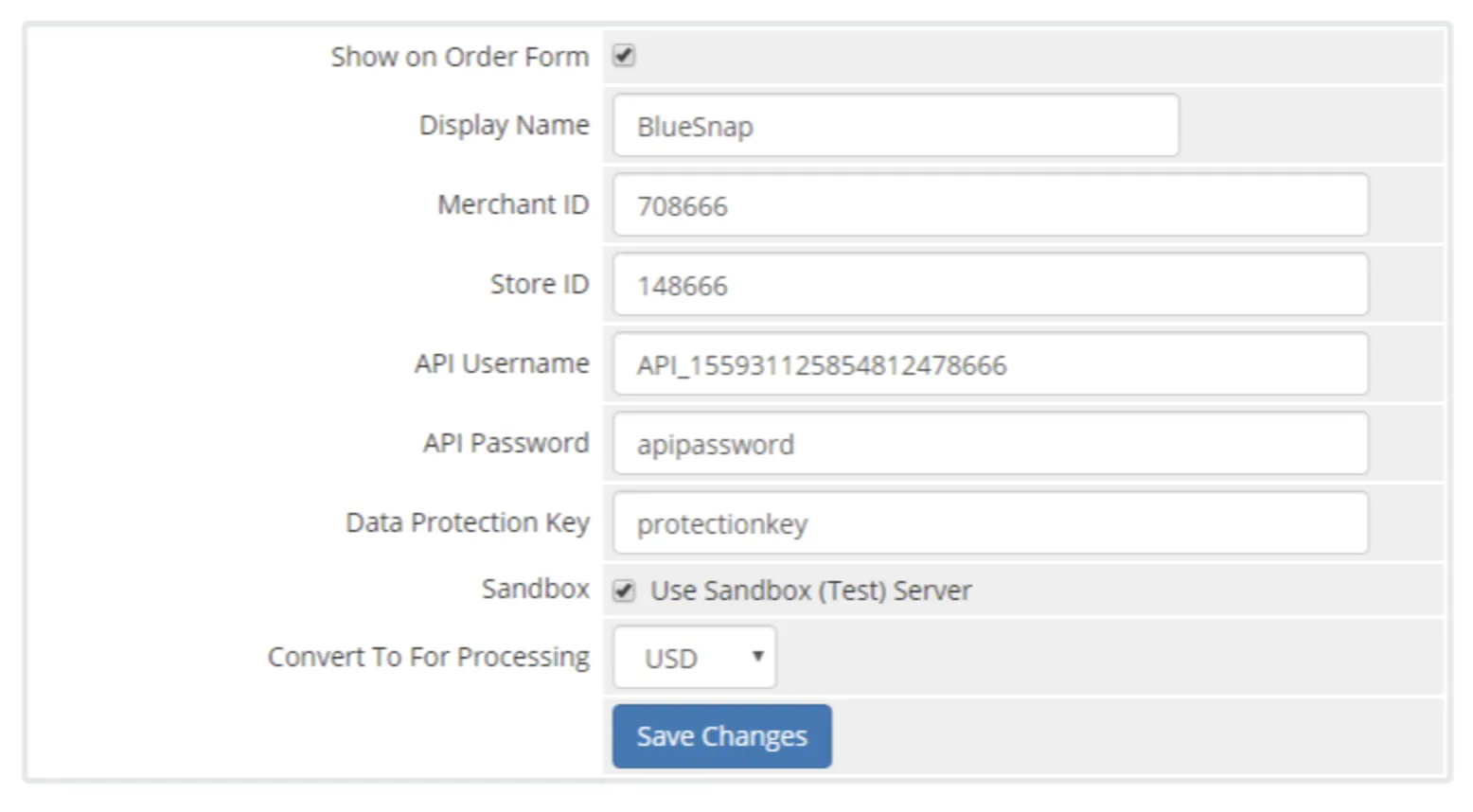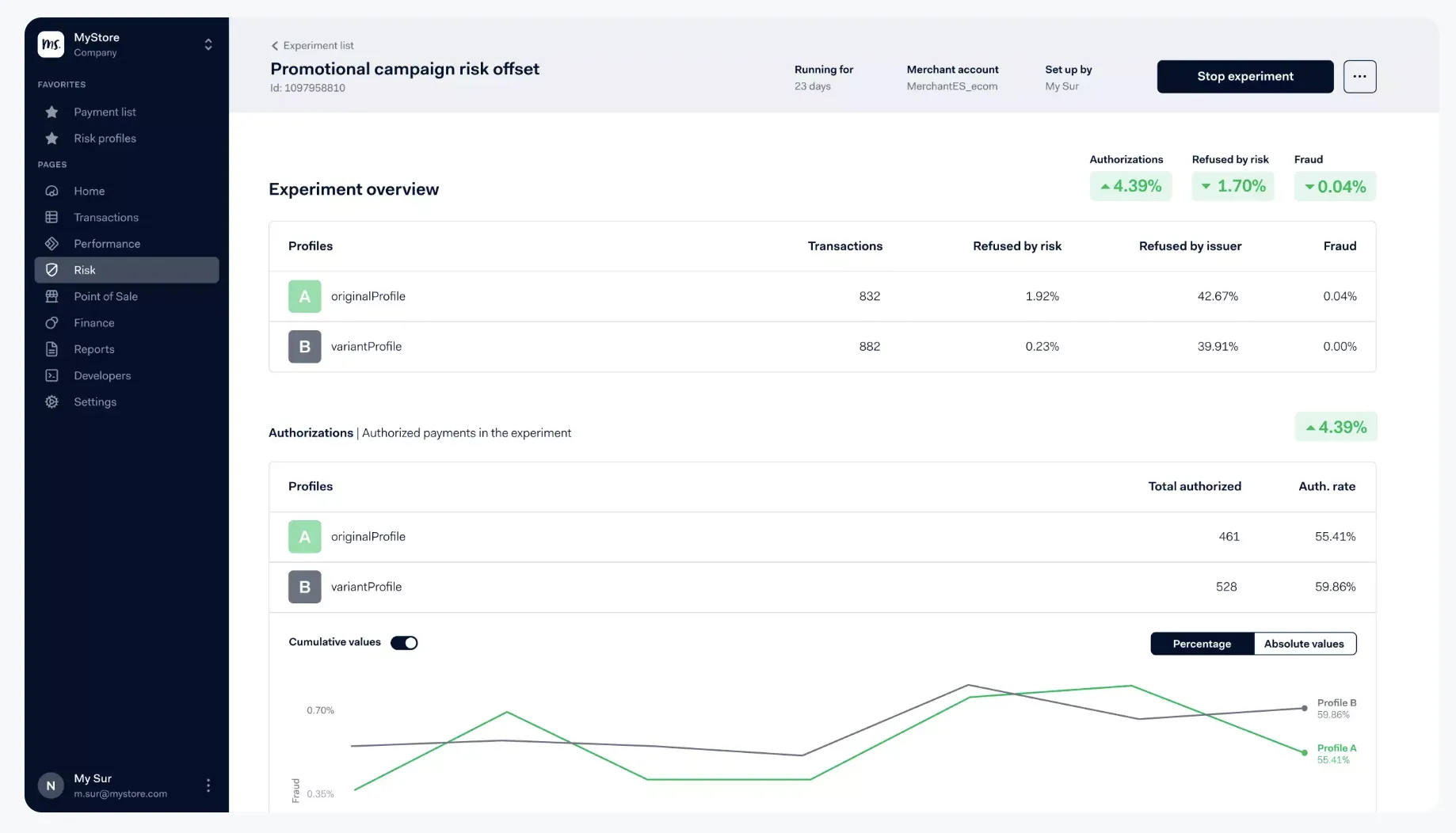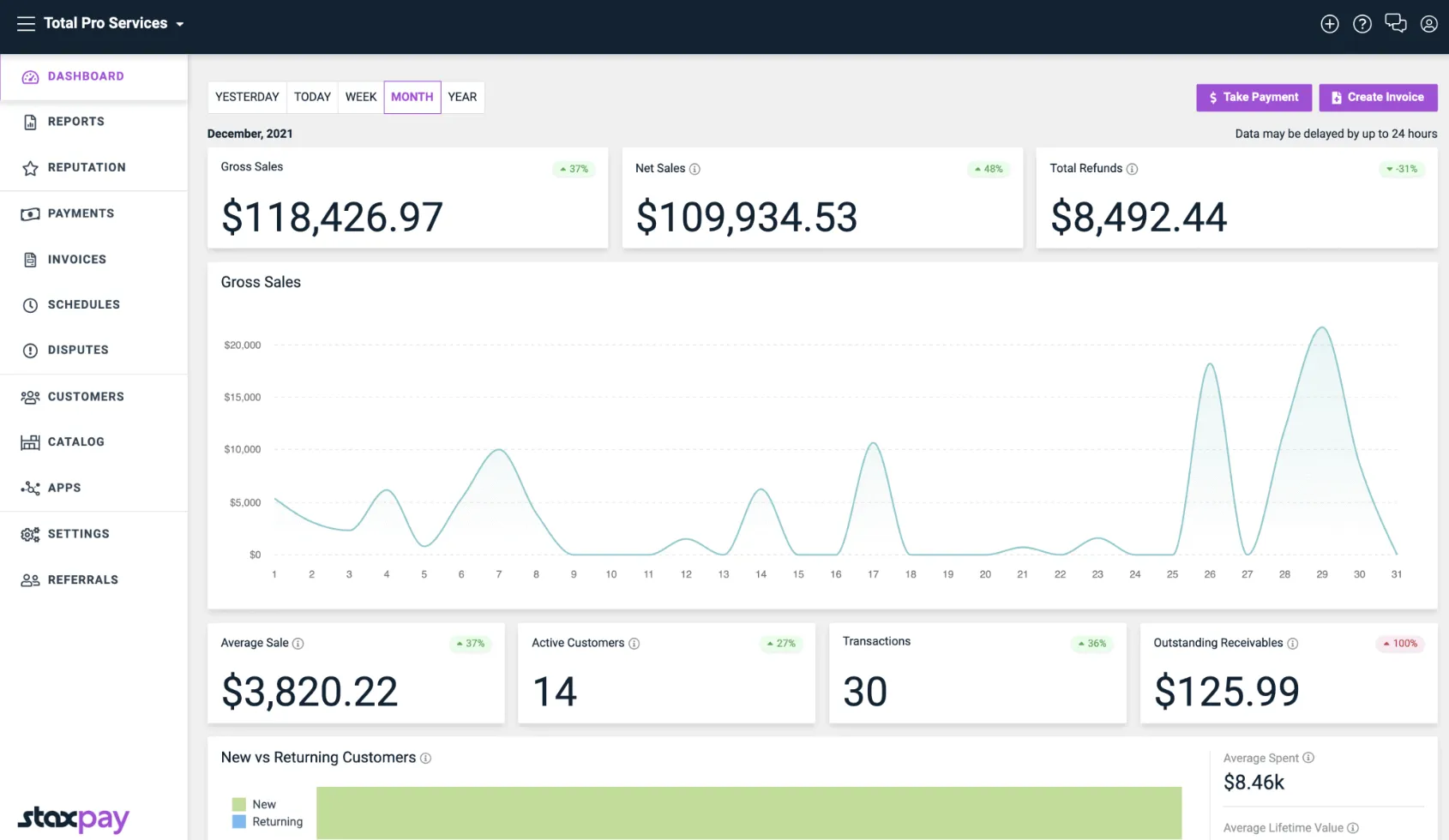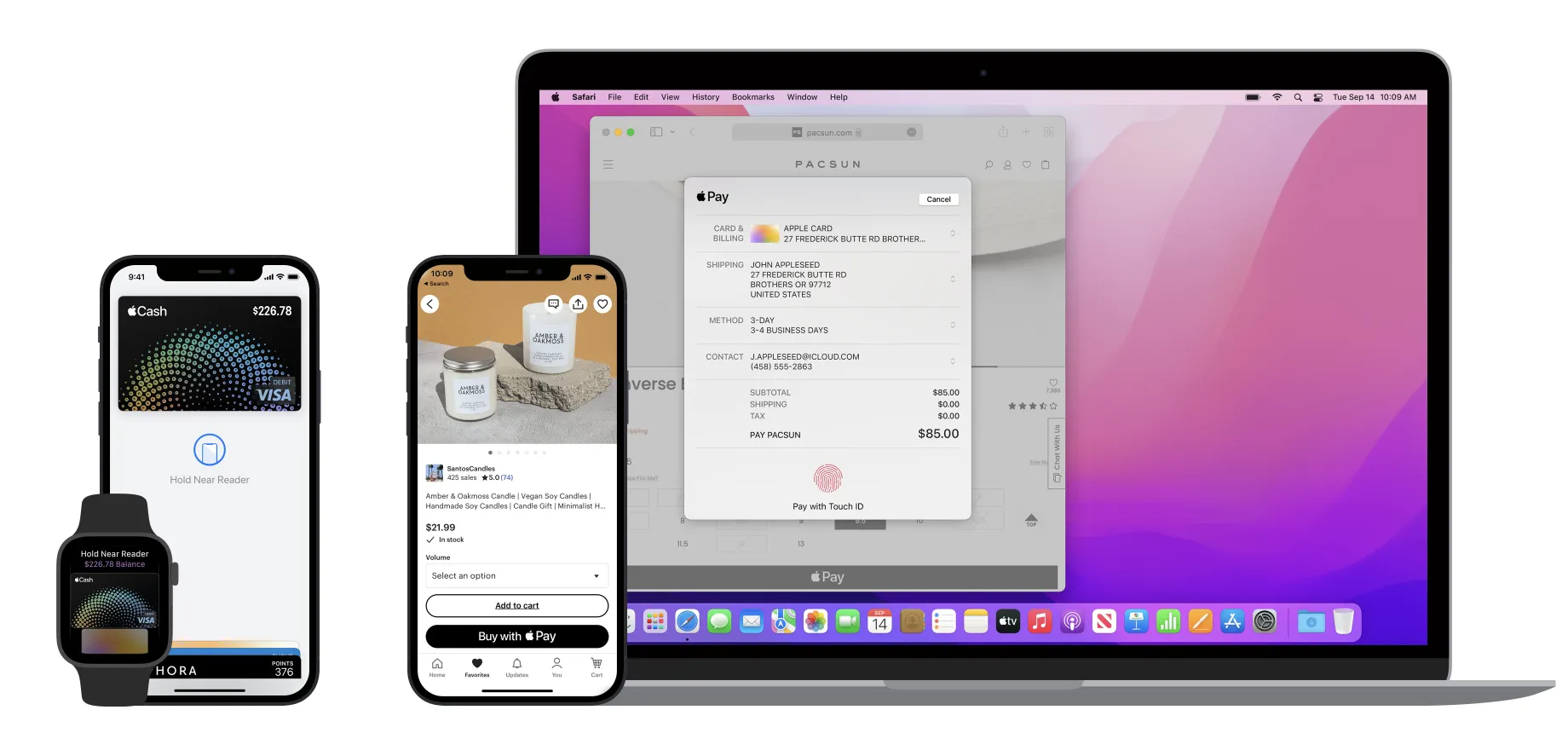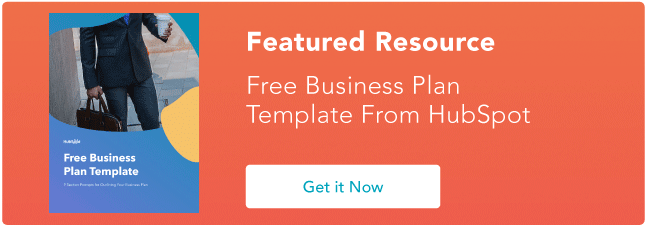Getting your content published or linked to in major publications or niche blogs is a huge PR win for your business. This kind of exposure will get you in front of new audiences and help spread the word about your expertise. If done well, they’ll refer a healthy stream of traffic to your site, too.
And there’s more than reputation at stake here. With the right marketing funnel, those visitors can be turned into paying customers.
But how?
Journalists and bloggers get tons of pitches every week from people trying to access their audience and their influence, and many of those pitches are poorly written and targeted. That’s why they ignore most unsolicited email pitches.
It doesn’t have to be that way, though. In fact, the sheer volume of bad pitches can make it even easier to stand out by writing a great one.
Today, I’m going to share some tactics we use at my digital marketing agency to get links on large news sites like Entrepreneur and popular niche publications like this one.
But first, let’s clarify what we mean by cold email outreach.
The Goal of Cold Email Outreach
Broadly, cold email outreach covers anything that involves emailing someone you’ve never met with the hope of getting something from them in return.
In this article, we’re going to focus on cold emailing journalists with one of two goals:
- Earning a backlink to your site’s content
- Landing a guest blogger spot
In either case, you need to find a good fit, establish your credibility, offer value, and get read. Each of the following tactics works by improving one of these four requirements.
Tactic #1 – Research, Research, Research
It absolutely pays to invest a little time upfront and get familiar with a publication and its journalists’ work before you start asking them for things. So few people do this right that I’m going to count it as a tactic all on its own.
You’ll want to make sure that a publication has an engaged audience, so start by getting an idea of how much traffic they get every month. You can use tools like Alexa or SimilarWeb to get these numbers.
You’ll probably already have an idea of which are the biggest industry publications, but you can always ask your existing customers and audience what other blogs or sites they read.
You can also try Googling different industry keywords paired with terms like:
- [keyword] + blog
- [keyword] + publication
- [keyword] + resources
- [keyword] + news
Once you have a good list, go and see who they’ve linked to inside their content for even more ideas.
Keep in mind, though, that it isn’t just the blog you need to research; you need to know about the individual writers and journalists, too.
To do this, check out their recent articles. Most publications will give you a list of all posts by a specific author when you click on their name at the top of a piece:

Or in the byline at the bottom of the piece:

If neither of these work, you can always turn to Google and search for specifics. Type in:
“site: example.com [author’s name]”

Get a feel for what topics they write about and then look for their personal blog and social media feeds to learn more about them as a person. You don’t have to go full stalker here! Just find out enough so that you can approach them confidently with specific ideas because you know their interests and priorities.
This is often the most time-consuming part of email outreach (even more than writing the actual message!), but it’s well worth doing properly. Failing to personalize a pitch is a surefire way to land in the trash bin.
Tactic #2 – The Pre-Pitch Moves
If you’re exhausted by tactic #1, you’ll love the brevity of this tactic! Once you’ve done your basic research, you need to do some pre-pitch engagement. That means following them on Twitter and LinkedIn, commenting on and/or sharing their blog posts, and interacting with them online in any way that makes sense.
The purpose of this strategy is to warm them up before your pitch. If they’ve seen your name a few times before you ask them for anything, it will feel more natural and less intrusive.
Tactic #3 – The “Name Drop” Email
Some people think that name dropping is impolite, but at the right time and place, it can be exactly what you need to quickly establish credibility. By mentioning a mutual connection, you’re no longer a random person.
Our memory relies heavily on networks and association, so by connecting your name with someone they know and trust, it will make easier for them to say yes. Here’s an example of this:
Hello _______,
I’m reaching out because [connection’s name] shared an article you wrote about [topic] and we were discussing how it was really big news for my company, XYZ.
The impact that [topic] will have on the industry is pretty exciting and we’re primed to take advantage of it. If you’d like, I’d be happy to write an article about how the two different technologies will work together to transform the industry.
I’m sure your readers will find the use case interesting. Let me know if you want me to put something together.
Thank you,
Eric
One important rule: if you plan on dropping someone’s name, especially for business, it’s polite to ask the person first.
Tactic #4 – The “Connector” Email
If you don’t have any immediate value to offer the journalist, you can try connecting them to someone who does.
There are 7.6 billion people in the world, but that number is useless if you can’t get in touch with the right people. That’s why connecting two other individuals can be a great service to both of them.
Journalists are constantly trying to network with reliable experts and sources. If you know someone whom a journalist would want to talk to, shoot them an email to introduce them.
Hi ________,
I’m a big fan of your writing and have been following your series on [topic] lately. Then I realized that if you want to learn even more about [topic], I have someone you need to meet.
I’ve cc’d [name of connection] here. She’s the most knowledgeable person I know on [topic] and works for XYZ as their ABC. If you ever have any questions, she’s the woman to ask!
Thanks for all your hard work, and keep putting out quality articles!
Best,
Eric
If you do this right, you’ll earn karma points with both people and the journalist will be more receptive to your future emails and pitches.
Tactic #5 – The “We’ve Met Before” Email
Attending conferences and meetups can be a great way to meet people, including journalists who often attend these events to provide coverage, meet new sources, and keep tabs on the industry.
But let’s be honest, it can be hard to make a lasting relationship in just a few (busy!) days. That’s why you usually won’t have too much success pitching people right away. You’ll likely come off as somewhat impersonal and salesy.
Instead, when you meet a reporter or writer at a conference, you should focus on engaging conversation and relationship building. But don’t forget to ask them for their best email address. They may tell you that they have a personal inbox that they read more carefully.
Once the conversation is over, jot down a few notes about the highlight of your conversation. Then after the conference, email them to follow up. Tell them it was a pleasure meeting them and reference the conversation you had in order to build credibility. Only then should you go for the ask.
Even if they don’t remember you, chances are they will respond (no one likes to admit they don’t remember someone they met in person who clearly remembers them, and favorably, too).
Tactic #6 – Offer to Help
If you have industry expertise, a great way to score points with journalists is by helping them out. Offer without any strings attached and you’ll be rewarded in the long run.
The simplest way to do this is by sharing your industry knowledge with them. Send them good leads on relevant industry news or present yourself as a source for one of their pieces. You can share their content with your audience and link to it on your site as well.
If your company makes or does something the journalist can use, give them some free samples that they can do what they please with.
Tactic #7 – Give Away Your Best Stuff
This is an extremely effective strategy for guest posts. If you have a killer content idea, pitch it to a major publication. They are constantly looking for unique angles and case studies that can’t be copied by their competitors.
But it has to be good!
The bigger the publication, the higher their standards will be. You’ll have to bring something unique and valuable to the table. Send them an outline and article summary, explaining why you think the piece would interest their readers. If they agree, they’ll probably gift you with a spot on their blog. Within the body of the post, you can link back to your site once or twice and maybe even promote your brand a little.
Be careful not to be overly promotional though, or your final draft might not get published. If you need help writing a great guest post, check out this guide by Brian Dean at Backlinko.
Tactic #8 – The “Follow-Up” Email
Remember, silence is not the same as no. Far too many people take “no” as rejection. But the truth is, journalist are busy people with deadlines, family responsibilities, and lives outside their job.
Emails get lost or temporarily ignored. If you haven’t heard back in a few days to a week, it’s perfectly fine to send a short follow-up email along the lines of this one:
Hi ______,
I just wanted to follow up and see if you got a chance to read this yet. Do you think your readers would benefit from [topic] I sent you the other day?
Should I put something together for you next week?
Thanks!
Eric
As a general rule of thumb, you can probably follow up two or three times before assuming that you’re being ignored on purpose (or have the wrong address). At that point, you should probably move on.
Tactic #9 – Automation
While it’s true that every email should be personalized, you can still use automation to help reduce the burden quite a bit.
Tools like Mailshake let you combine mass email with personal email. You can upload a spreadsheet of basic information – like name, email address, and website – which will then automatically be filled out in an email template:
Unlike most mass mailer programs, however, you are able to customize every email before sending it so that you can add a more personal message.
Even better, it will let you automate your follow-ups. These tend to be short, repetitive emails that don’t require much personalization. Tools like Mailshake will automatically track who responds to your message and can send scheduled follow-ups to anyone who doesn’t.

Tactic #10 – Outsource Some of the Work
You don’t have to do this all on your own, either. You can hire virtual assistants to take care of most of the process for you. Without spending very much money, you can find a VA on Upwork to research a list of websites and contact information for publications that would be a good fit for your content.
For a bit more, you can even outsource everything – from the research to the writing to the delivery of your emails – if you want to invest into continuous outreach. And if it’s your first time hiring an online freelancer, check out this guide on everything you need to make it a huge success.
Tactic #11 – Provide All the Information They Need
Your cold email should have all the information that the recipient needs to make a decision and take action. They shouldn’t have to ask you any follow-up questions. In every situation, you’ll need at least two key elements.
The first element is the “ask.” Your email should ask a clear question or for an action.
In some cases (like with one of the templates above), you can go straight for the final request, like a backlink or guest post. But usually it’s better to start with a simple yes or no question.
If they aren’t publically requesting guest submission, ask them if you can send over some outlines. If you’re trying to earn a backlink, ask them if you can send them a piece to review. Then, once they say yes you can put more effort into selling them in your follow-up.
The other important info they need to know is the “why.” Why should they do what you’re asking? Why are you worth listening to?
To tackle this, you need to make sure that you establish your expertise before the end of the email. Let them know who you are, what your brand is, and why you’re knowledgeable about the industry. It’s great if you can cite other press or stats.
But even more important than your expertise is their reward. What value can you offer to them and their publication? Are you giving them an exclusive story that would interest their readers? Do you have a case study they can reference in their next roundup or post?
Don’t make them work to understand how they’ll benefit from working with you. Tell them why their audience will want it. If you have any strong traffic or social results, share them so they know what kind of interest there is on your topic.
Tactic #12 – Have a Track Record
This last tactic isn’t a shortcut by any means. But it works.
Having a strong track record for delivering quality both in your business and in your relationships will help your cold email campaigns. People will be more receptive of your requests when you’ve delivered quality information in the past.
If your business is doing well, your credibility will be easier to sell. If many reporters are using your quotes, you’ll seem like a good source to contact when they need a quote.
You can’t build a track record overnight. But if you make sure to consistently deliver quality insight and content to your network, turn in any guest posts on or before deadline, and act professionally at all times, you will have a large advantage over everyone else.
Conclusion
You should never expect huge conversion rates from the first round of cold outreach emails. Some people just aren’t interested, they are too busy at the current time, or information gets outdated.
But using these tactics will certainly improve your results quickly and will land your content in the publications that are genuinely good fits. They’ll be brand aligned and attract the kind of audience you want.
Other tactics like automation and outsourcing aim to improve your efficiency. Increasing the number of niche publications you’re able to contact will help you scale your results.
Sometimes cold emailing gets a bad rap, but that’s because everyone is doing it wrong. If you put the effort in to doing it right, you’ll stand out and see big returns on your investment.






































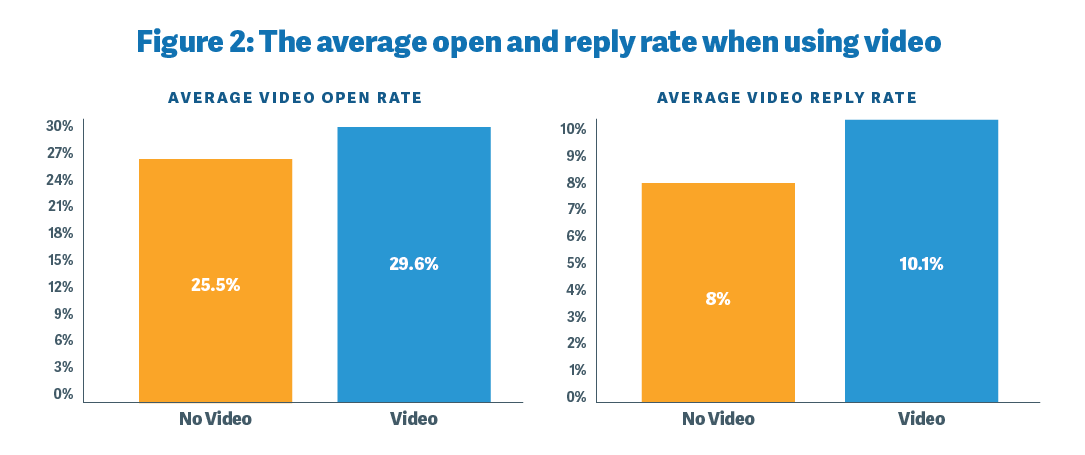

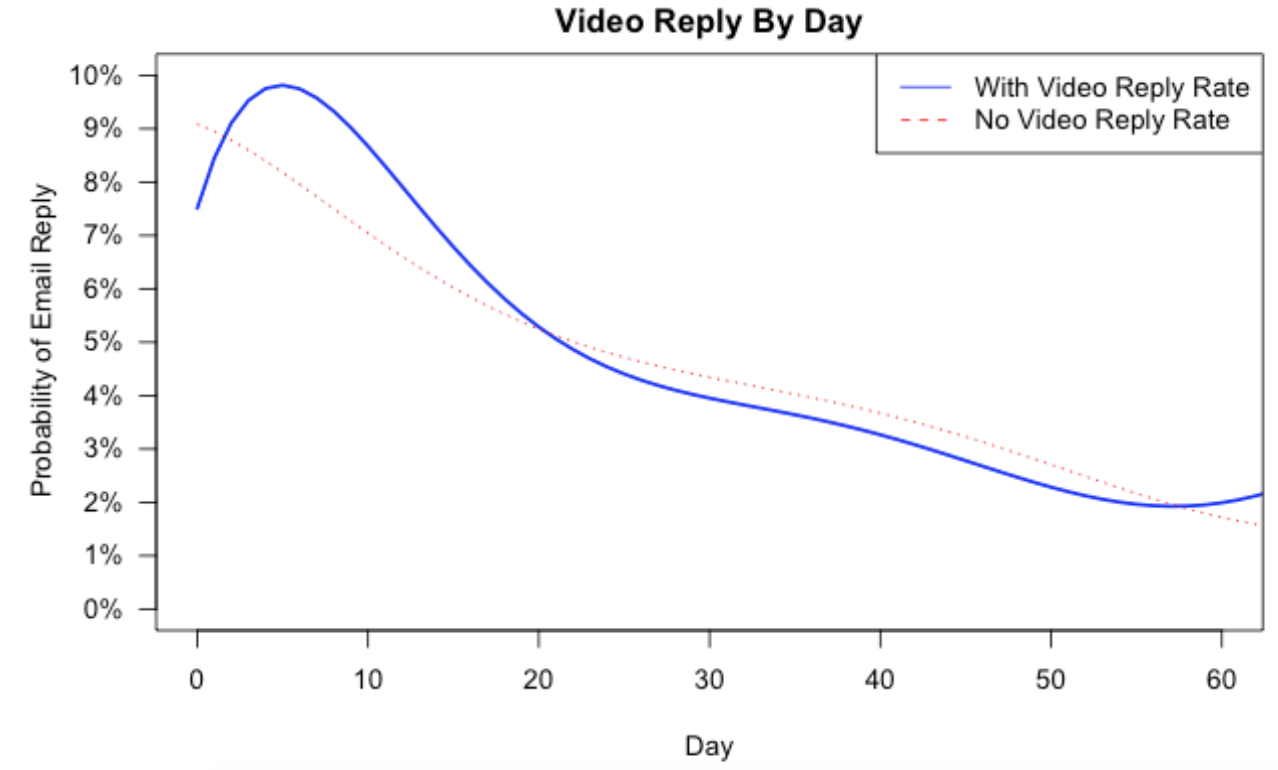

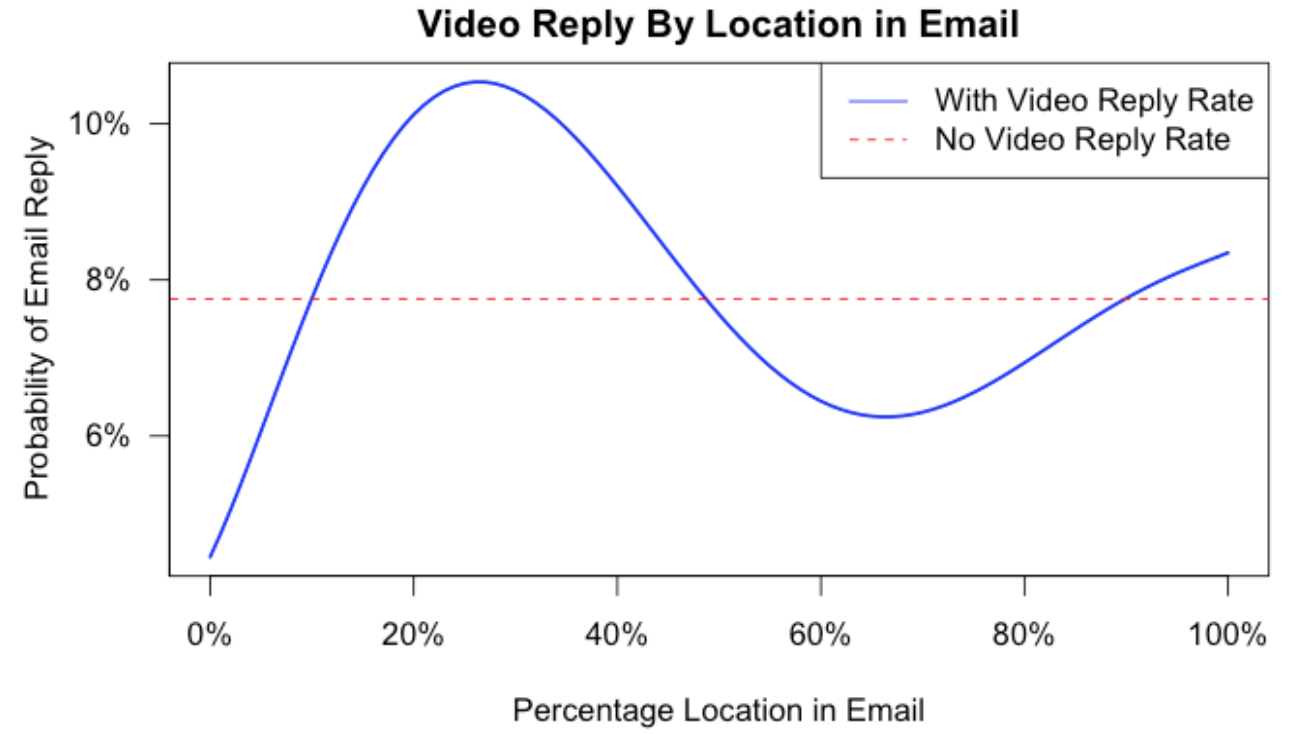

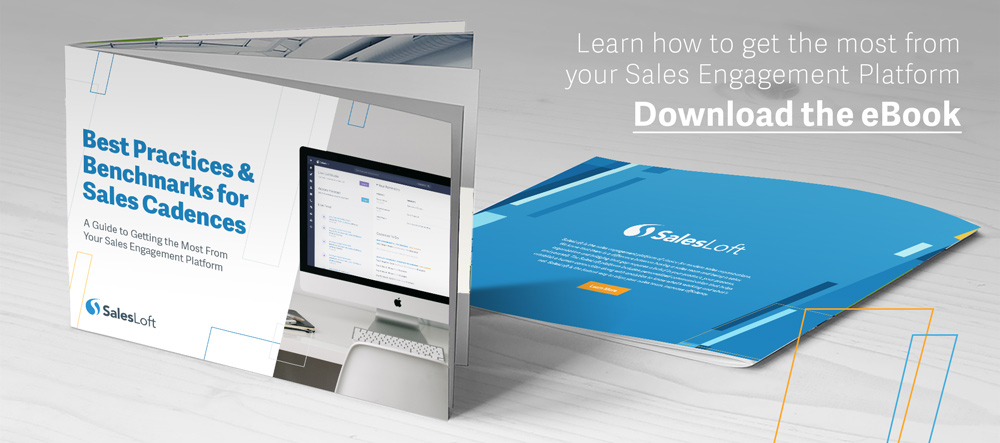











 Scout Exchange’s predictions pair companies with the right recruiter.
Scout Exchange’s predictions pair companies with the right recruiter.





































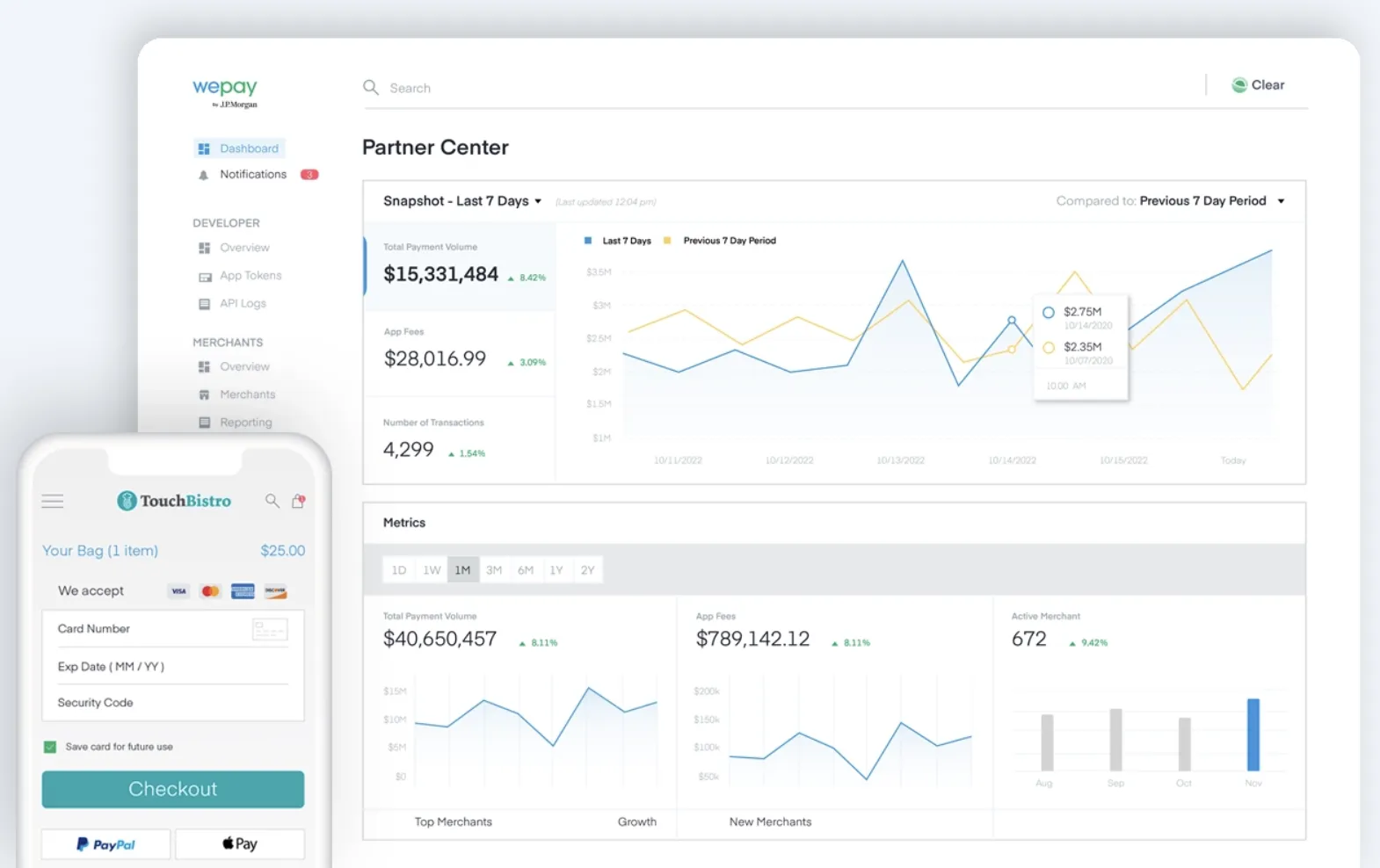

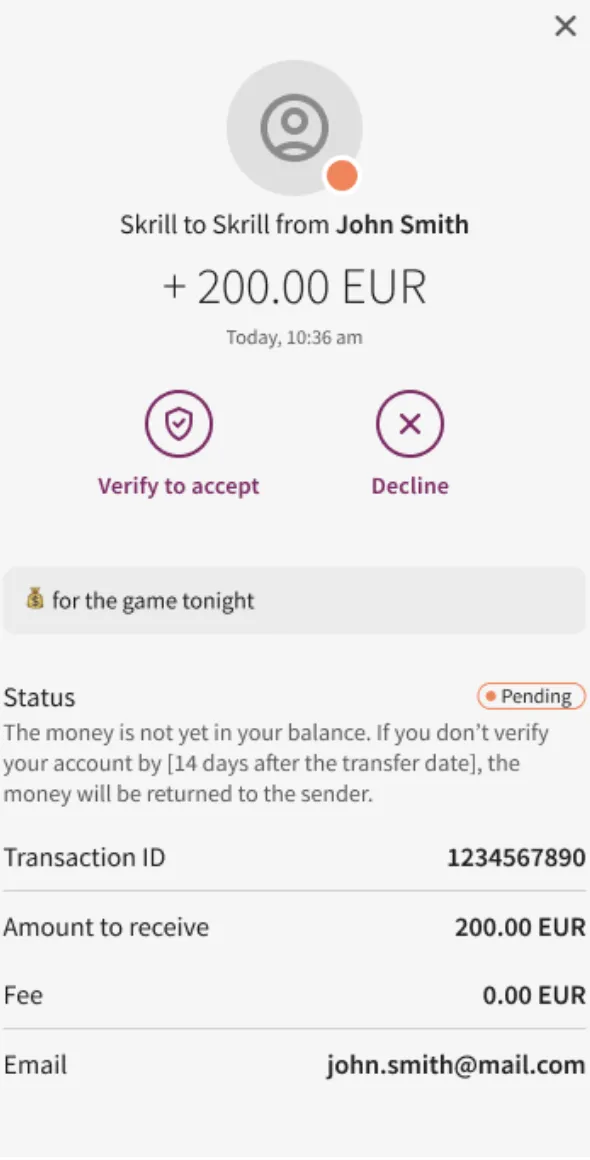

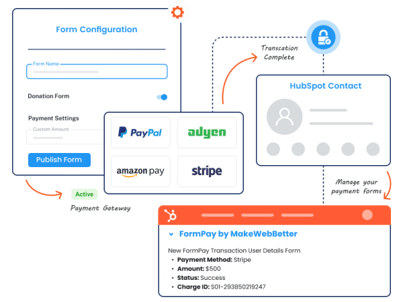
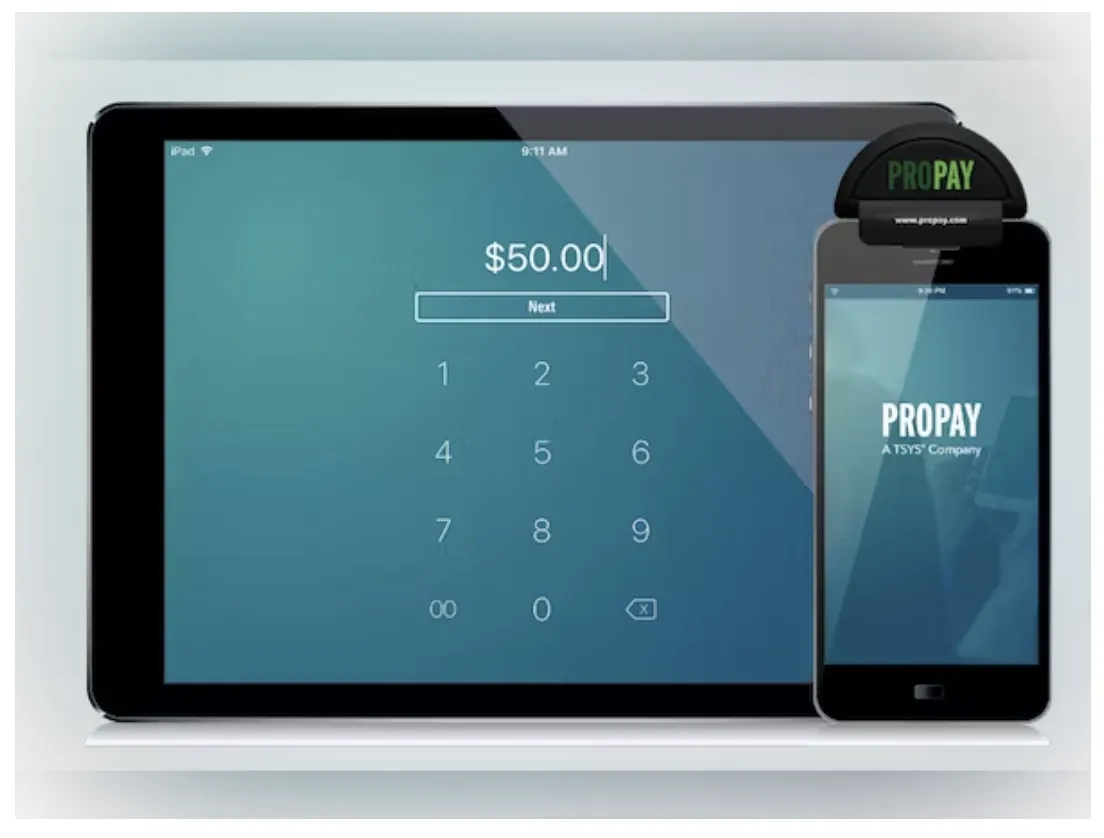 Image Source
Image Source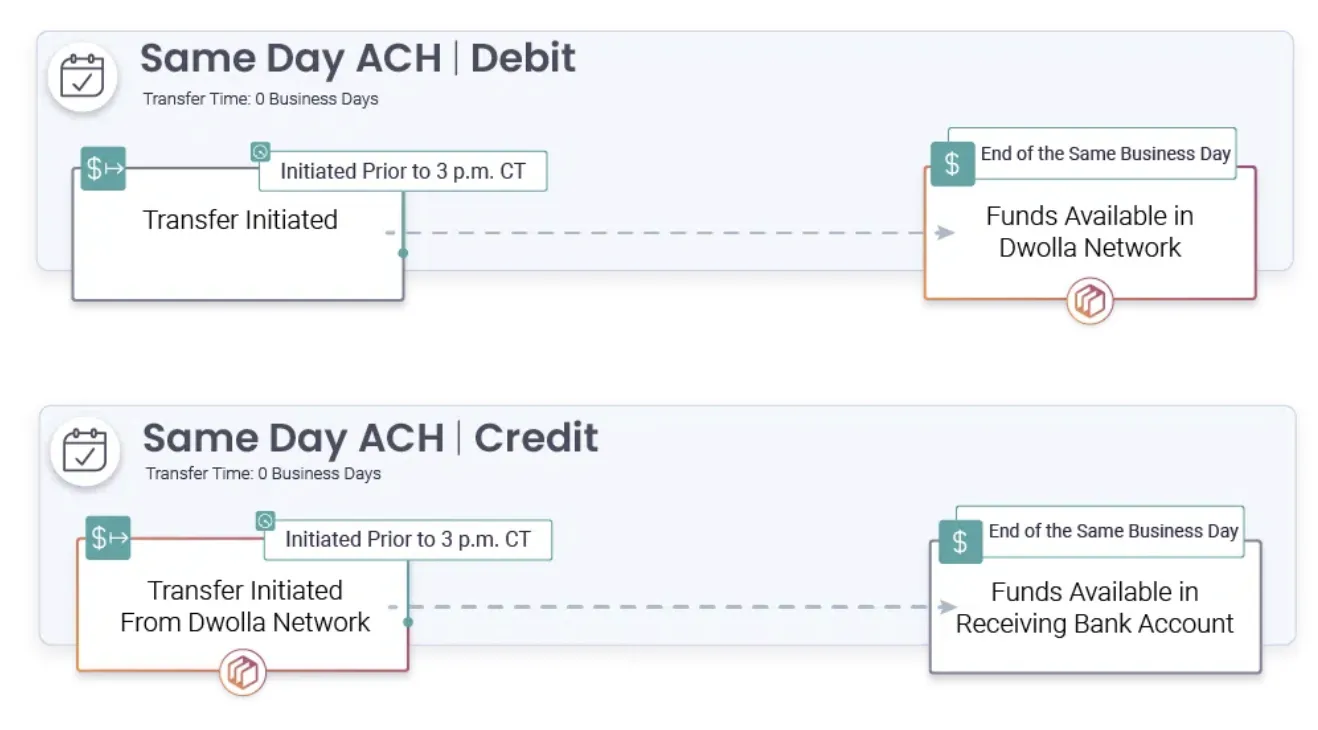 Image Source
Image Source Image Source
Image Source Image Source
Image Source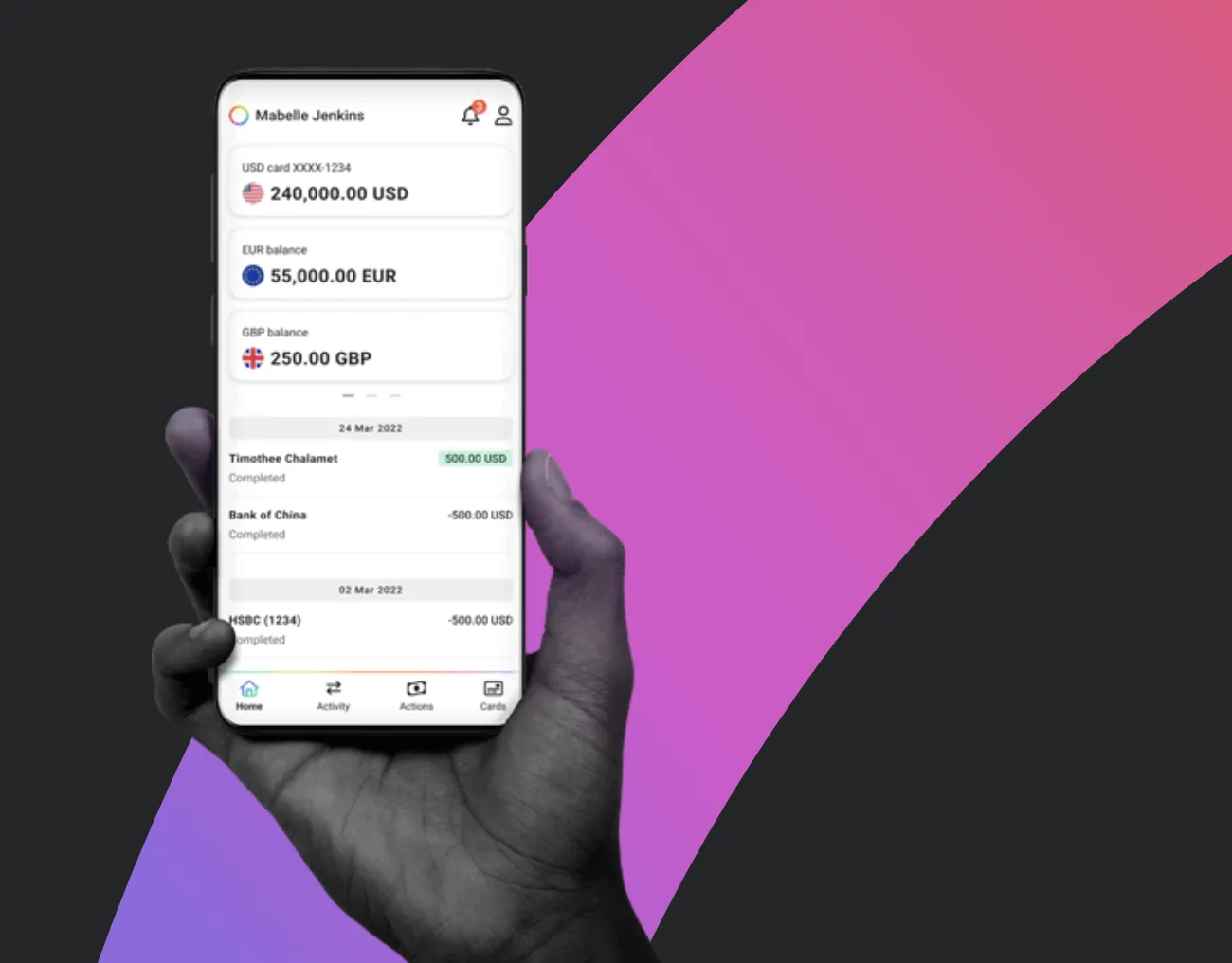
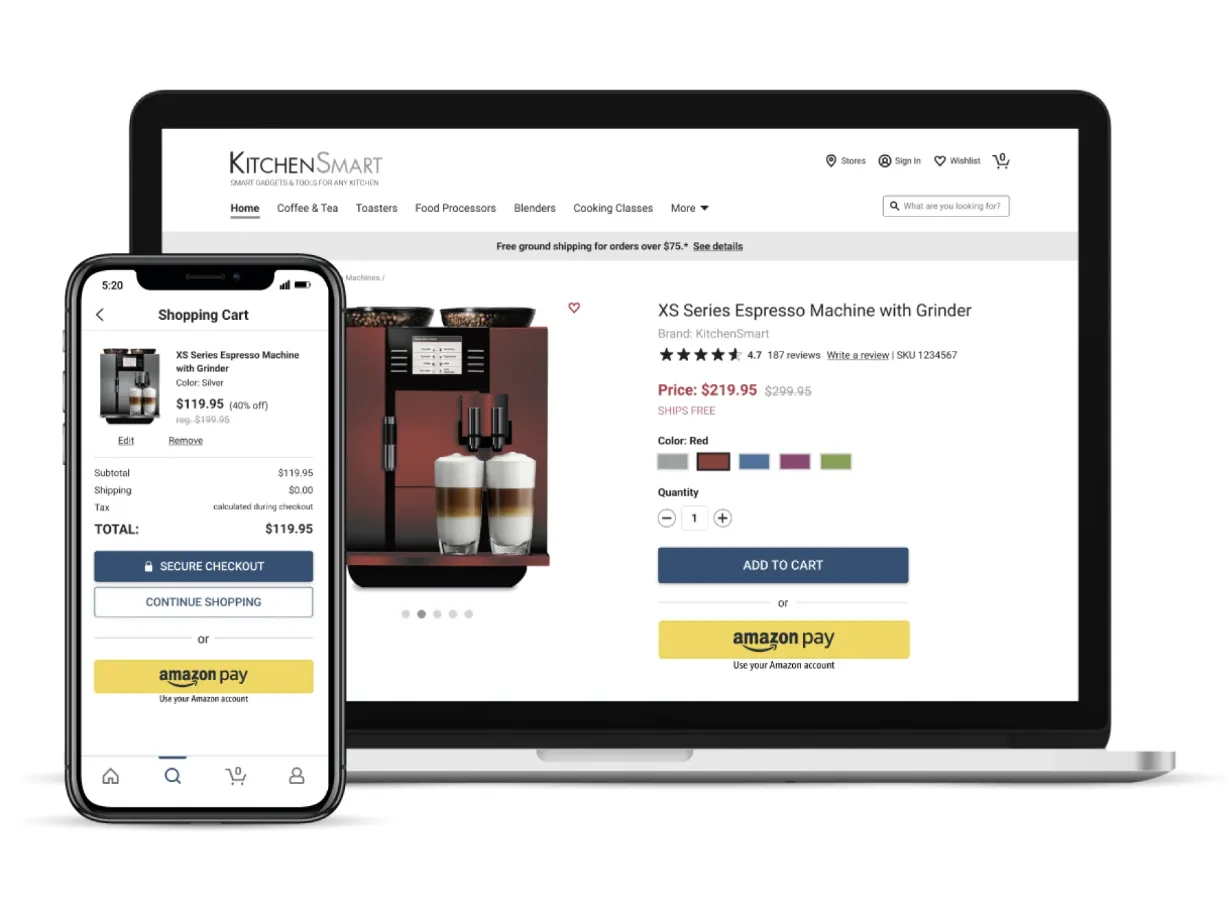
 Image Source
Image Source